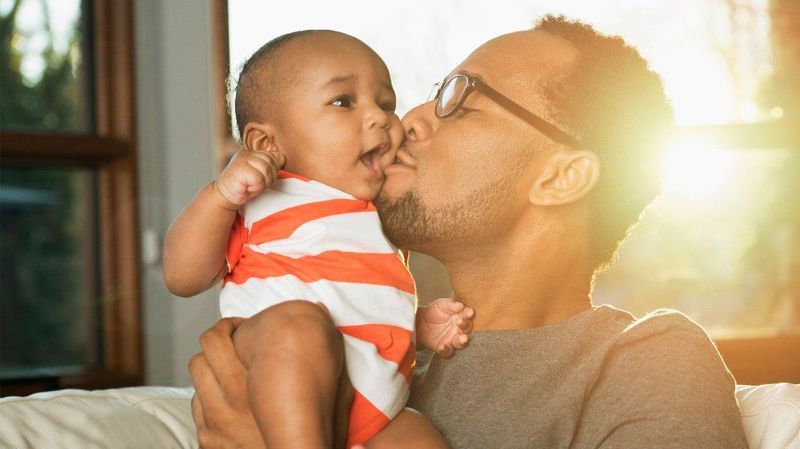What are the types of testicular tumors in children?
Testicular tumors in children are rare, but some types, as diagnosed by a urologist in Karachi are more common than the other. These include the teratomas and the yolk sac tumors. The other types of testicular tumors include:
- Teratomas: these germ cell tumors contain three layers of the growing embryo and are amongst the most common benign tumors of the testicles. In addition, the growth of these tumors is unpredictable, which is why they often don’t respond to chemotherapy. When they occur in young children, the signs and symptoms occur by the age of 14 months.
- Yolk sac tumors: the yolk sac tumors look like an early human embryo and are amongst the more common types found in children. They are easier to treat when they occur in children, and more dangerous when they occur in young adults.
- Dysgerminoma and Gonadoblastomas: these are the less common types of testicular tumors in children. Most often, they occur in children who suffer from intersex disorders and have testicles that don’t develop normally. The signs and symptoms of these tumors occur after children have reached puberty. 50 percent of benign cases of gonadoblastomas can convert to malignant tumors.
- Gonadal stromal tumors: these rare tumors are further divided into subtypes of Leydig cell tumors, juvenile granulosa cell tumors and Sertoli cell tumors. These tumors make up about 8 percent of all testicular tumors and have higher risk of metastasis. When they occur in children, healthcare providers perform imaging studies like MRI and chest X-rays to check for spread.
What are the treatment options for children?
The treatment plan of testicular tumors in children is formed by a team of doctors from different specialties—a multidisciplinary team—including a medical oncologist and urologist. The cancer team devises the treatment plan, basing it on the age of the patient, the stage and type of cancer and the overall health of the patient.
Surgery is recommended as the first step in order to remove the cancerous cells from the body. This may be followed by chemo or radiation therapy, depending on the type of tumor, if the healthcare provider recommends.
In case of germ cell tumors, chemotherapy is the recommended modality, even if the cancer has spread to other parts of the body. On the other hand, teratomas don’t respond well to chemotherapy, and may need surgery alone. For treating early-stage seminomas, radiation therapy is recommended. These treatments are combined with surgery for the best results.
Surgical treatment for testicular tumors
The surgical options for testicular tumor include:
- Inguinal exploration: the exploration of the inguinal region is performed for all children suspected of testicular tumors. Many healthcare providers perform this procedure on an outpatient basis through an inguinal incision. Thereafter, the testicle is guided out of the scrotum and the surgeon looks at the gland for signs of cancer.
- Testis sparing surgery (TSS): this type of surgery is performed only when the tumor is benign. The surgeon decides to perform the testicular sparing surgery when the tumor has not spread to other organs, and the testicles have minimal signs of invasion by cancerous cells under the microscope. The decision to perform testicular sparing surgery is also influenced by the tumor markers in the body—which are proteins and hormones raised in certain types of cancers.
- Total surgical removal of testicles: if the biopsy shows invasive cancer, the surgeon decides to completely remove the testicles in a procedure called total orchiectomy. This is the treatment of choice when there is: a large tumor, post-pubertal tumor and high tumor markers.
- Further treatment: in addition to surgery further treatment may include removal of the retroperitoneal lymph nodes where the tumor may have spread to.
Testicular tumors in children, when found early by Best urologist in Islamabad are easily treatable and have good prognosis. As with all cancers, the treatment becomes difficult after metastasis.


























